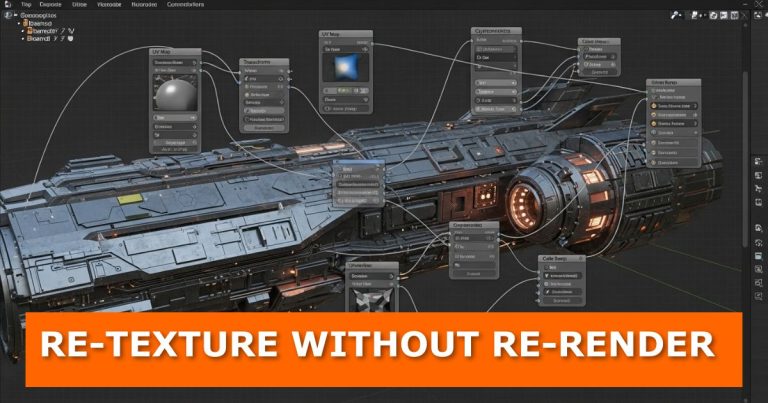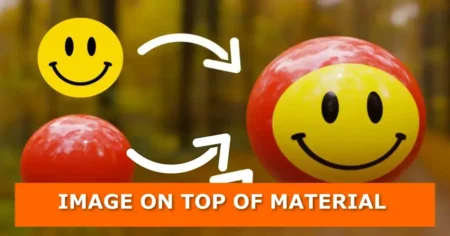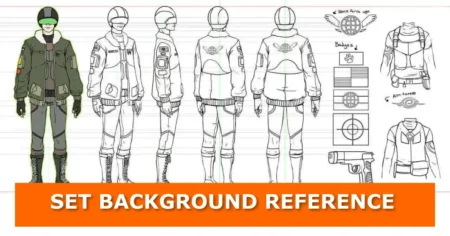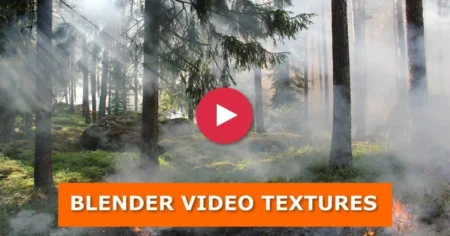Ever spent hours re-rendering your Blender scene just to try a different texture? Here’s a faster way. With the UV pass and a few clever nodes, you can re-texture your render directly in compositing — no re-rendering needed.
This method gives you full creative freedom to experiment with materials and variations right inside the compositor. Let’s go step by step.
The Video Tutorial

Step 1: Enable the Right Render Passes
Start by enabling Cryptomatte, Diffuse, and most importantly, the UV pass in your render settings.
These passes will give you control over object selection, base color, and texture mapping — all essential for this technique.
If you’re new to render passes, check out this related guide on how to set up a video or image sequence texture in Blender. It explains how Blender reads and manages texture data during compositing.
Step 2: Use a UV Map Node to Map Any Image
Once your passes are ready, add a UV Map Node in the compositor.
Connect your UV pass to it — this lets Blender know how to project your chosen image onto your rendered geometry.
Now, plug in any image texture you want. You’ll see the image wrap perfectly around your object, following its original UV layout. It’s like giving your render a new outfit without touching your 3D view.
Step 3: Control Tiling with a Transform Node
Textures may appear too large or too small at first. To fix that, place a Transform Node between your UV Map Node and your image input.
Tweak the Scale setting to control tiling until it fits just right.
If your image looks stretched or you spot blank areas, don’t panic — you’re not missing textures. It usually means your object isn’t unwrapped or your texture isn’t set to repeat.
Step 4: Fix Texture Repetition with a Translate Node
Add a Translate Node before the Transform Node.
Set the translation to both axes to make the texture repeat correctly.
This step ensures a seamless look without visible breaks or missing spots.
Want to avoid common UV errors before rendering? Take a look at how to speed up UV unwrapping in Blender. It will save you time and frustration.
Step 5: Mix It into the Diffuse Pass
Now comes the fun part — compositing. Mix your image texture into the Diffuse Color Pass.
Use a Cryptomatte Mask to control which objects or materials the new texture affects. This gives you selective control over your scene’s appearance.
You can now try different patterns, decals, or designs in seconds.
If you’re curious about other creative texture tricks, check out how to project decals and images onto object surfaces in Blender.
Step 6: Experiment and Reuse Without Re-Rendering
Once your setup is in place, swap out textures as much as you want.
You can produce multiple variations of your scene instantly — no need to re-render or adjust lighting.
This workflow is ideal for motion graphics, product design, and quick look development.
You might also like an easy and quick way to post-process your work in Blender for more time-saving compositor tips.
Keep the Creativity Flowing
With this simple UV pass method, you can skip re-renders, keep your workflow fast, and focus more on creativity.
Try applying it to your next project and see how much time you save. Have a question about the setup or got results to share? Drop your thoughts in the comments below.
If you found this guide helpful, explore more Blender tricks on Gachoki.com and stay tuned for regular updates.






